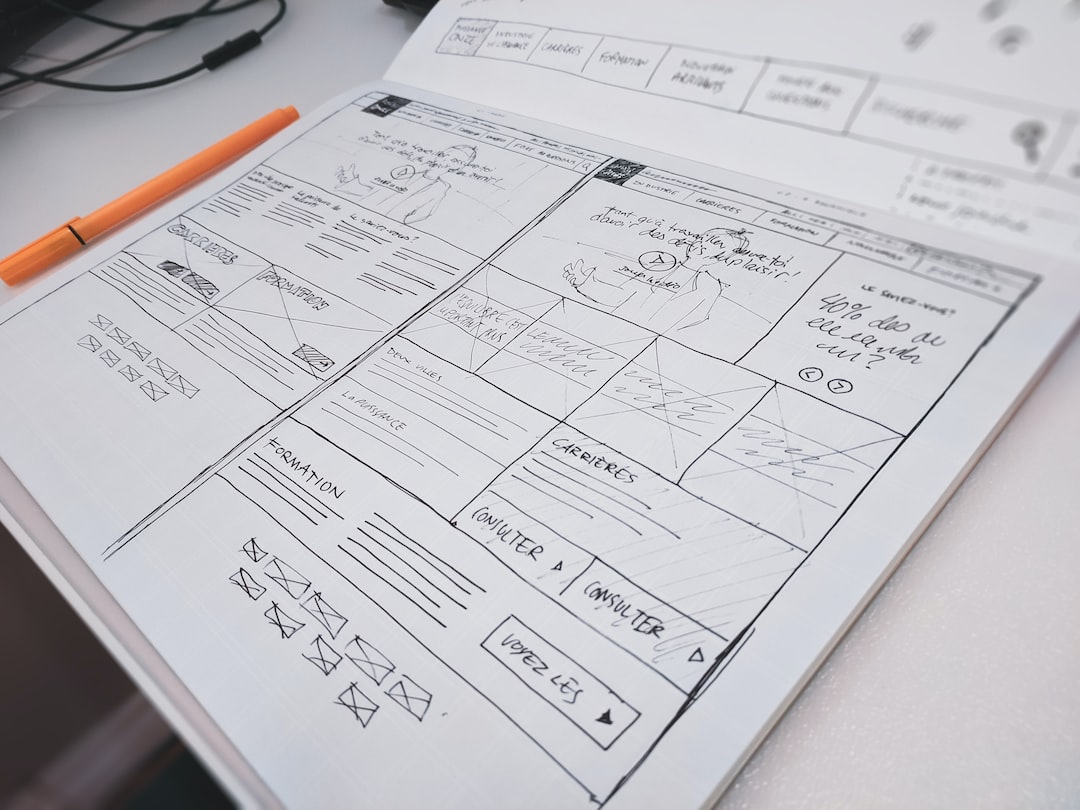The Ultimate Guide to Minimalist Design
In a world where clutter and excess seem to be the norm, minimalist design has emerged as a breath of fresh air. Minimalism is a design philosophy that emphasizes simplicity, clean lines, and the use of only necessary elements. It’s a style that embraces the idea that less is more, and that functionality and aesthetics can go hand in hand. If you’re looking to adopt a minimalist approach in your home or office, this ultimate guide will provide you with all the essentials.
1. Start with a Clear Vision
Before embarking on your minimalist design journey, it’s important to have a clear vision of what you want to achieve. Take some time to define your goals and objectives. Do you want to create a calming and peaceful environment? Or maybe you’re looking for a more functional and organized space? Understanding your purpose will help you make informed decisions throughout the design process.
2. Declutter and Simplify
The first step to achieving a minimalist aesthetic is decluttering your space. Get rid of anything that is unnecessary, outdated, or no longer brings you joy. Take a minimalist approach to your belongings and keep only what you truly need and love. Simplify your surroundings by organizing your items in a way that is visually appealing and functional.
3. Colors and Textures
Minimalist design often relies on a neutral color palette, such as whites, grays, and earth tones. These colors create a sense of calm and elegance. However, don’t be afraid to add pops of color to create visual interest and focal points. When it comes to textures, opt for natural materials such as wood, stone, or metals. These materials add warmth and texture to your space without overwhelming it.
4. Furniture and Layout
When choosing furniture for a minimalist design, focus on clean lines and simplicity. Opt for furniture with a sleek and minimalistic design. Avoid bulky or ornate pieces that will overpower your space. Keep your layout open and uncluttered, allowing for smooth movement and clear sightlines.
5. Balance and Negative Space
A key aspect of minimalist design is achieving balance and utilizing negative space. Negative space refers to the empty areas in a room, and it’s just as important as the objects within it. Allow the eye to rest by incorporating ample negative space. This will create a feeling of calm and make the room appear larger. Achieve balance by distributing objects evenly and strategically throughout the space.
6. Lighting
Proper lighting is essential to enhance the minimalist design. Natural light should be the primary source of illumination whenever possible. Large windows and skylights will flood your space with light, creating a bright and airy atmosphere. When artificial lighting is necessary, opt for simple and understated fixtures that blend seamlessly with the overall design.
7. Storage Solutions
Minimalist design values functionality and organization. Incorporating the right storage solutions can help maintain a clutter-free environment. Choose storage options that are sleek and discrete, such as built-in cabinets or hidden compartments. Utilize vertical space efficiently to maximize storage while maintaining a minimalist aesthetic.
8. Art and Decor
When it comes to art and decor, less is more in minimalist design. Choose a few key pieces that have personal meaning or make a statement. Opt for simple and abstract art that complements the overall design. Avoid overcrowding your walls or shelves with too many items. Instead, focus on creating visual interest and a sense of harmony.
9. Nature and Greenery
Bringing nature indoors is a key element of minimalist design. Incorporate plants and greenery to add life and freshness to your space. Choose low-maintenance plants that require minimal care. Use simple and elegant planters that blend seamlessly with the overall design.
10. Maintain and Evolve
Minimalist design is a continuous process. It’s important to regularly assess your space and make necessary adjustments. As your needs change, your minimalist design should evolve accordingly. Stay true to your vision while being open to new ideas and inspirations.
In conclusion, minimalist design is much more than just a trend—it’s a lifestyle. By following this ultimate guide, you can create a space that is both aesthetically pleasing and functional. Embrace simplicity, declutter, and focus on essential elements. Remember, minimalist design is about quality, not quantity. Enjoy the journey of creating a minimalist haven that brings peace, calm, and joy into your life.

